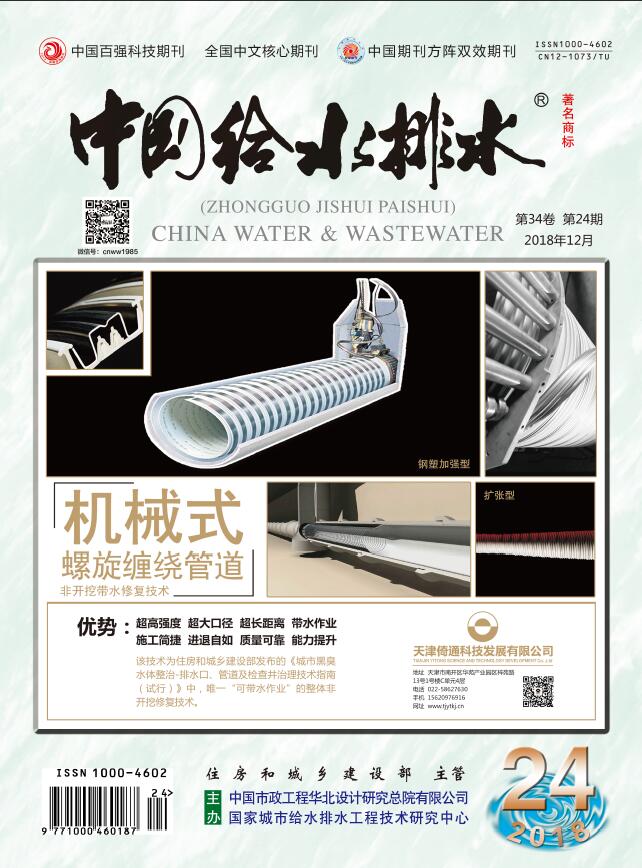LIBin-bin,XUXiao-ping,ZHAOChang-shuang,et al.Annual Variation Characteristics of Rotifer Breeding in Biological Activated Carbon Filters[J].China Water & Wastewater,2025,41(13):87-93.
Annual Variation Characteristics of Rotifer Breeding in Biological Activated Carbon Filters
China Water & Wastewater[ISSN:1000-4062/CN:12-1073/TU]
volume:
第41卷
Number:
第13期
Page:
87-93
Column:
Date of publication:
2025-07-01
- Keywords:
- drinking water; biological activated carbon filter; rotifer; abundance
- Abstract:
- A one-year water quality analysis and systematic rotifer collection and identification were conducted across various treatment units of a water plant located in East China, to investigate the breeding conditions of rotifers in the biological activated carbon treatment process for drinking water. Aside from pH, the annual variations in other water quality indicators were substantial. The effluent of the activated carbon filter exhibited a significantly higher number of colony count compared to the influent. Throughout the year, a total of 27, 11, 25, and 6 rotifer species were identified in the influent of the water plant, the influent of the activated carbon filter, the effluent of the activated carbon filter, and the effluent of the sand filter, respectively. The average density were 4.33×104 ind./m3, 3.18×103 ind./m3, 3.04×104 ind./m3, and 3.13×103 ind./m3, respectively. The abundance of rotifers exhibited significant correlations with water quality parameters, including temperature, dissolved oxygen, and colony count. The processes of coagulation, sedimentation, and ozone oxidation substantially decreased the species and quantity of rotifers in the influent of the water plant. The activated carbon filter served as the primary breeding habitat for rotifers, while the subsequent sand filter effectively mitigated the species and quantity of rotifers originating from the activated carbon filter. The dominant species in the influent of the water plant was Keratella cochlearis and Polyarthra trigla, the influent of the activated carbon filter was Asplanchna girodi, respectively. In contrast, the dominant species in the effluent of the activated carbon filter and the effluent of the sand filter were both Lecane buna. These findings indicate that benthic rotifers have a higher propensity to proliferate within the activated carbon filter and the sand filter and should therefore be considered as key species requiring control.
Last Update:
2025-07-01

